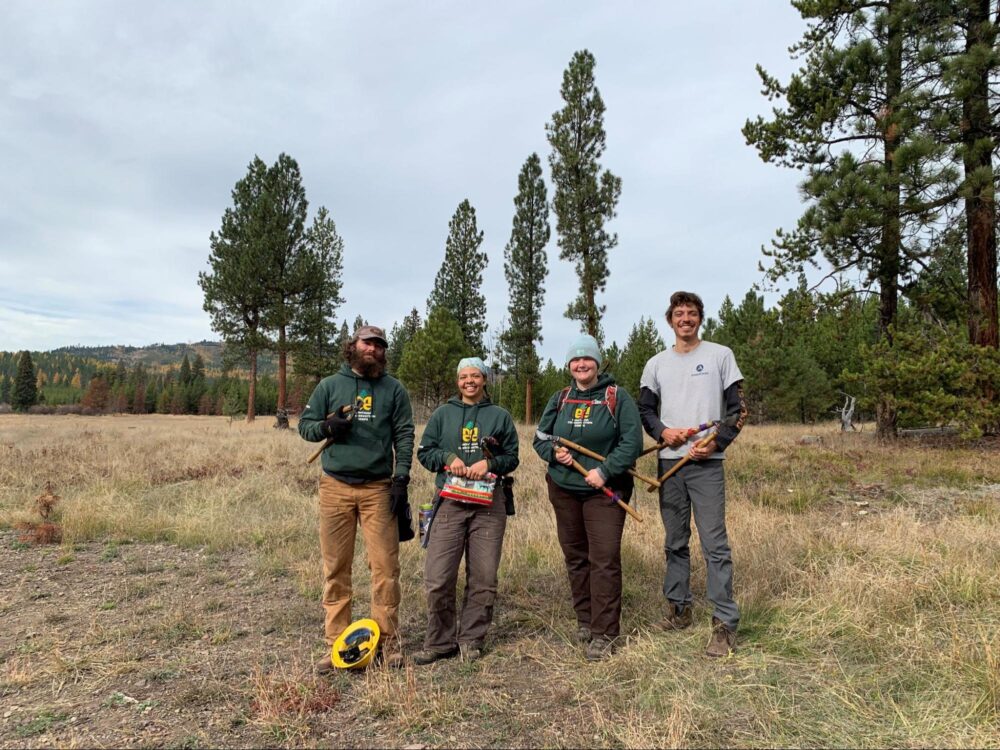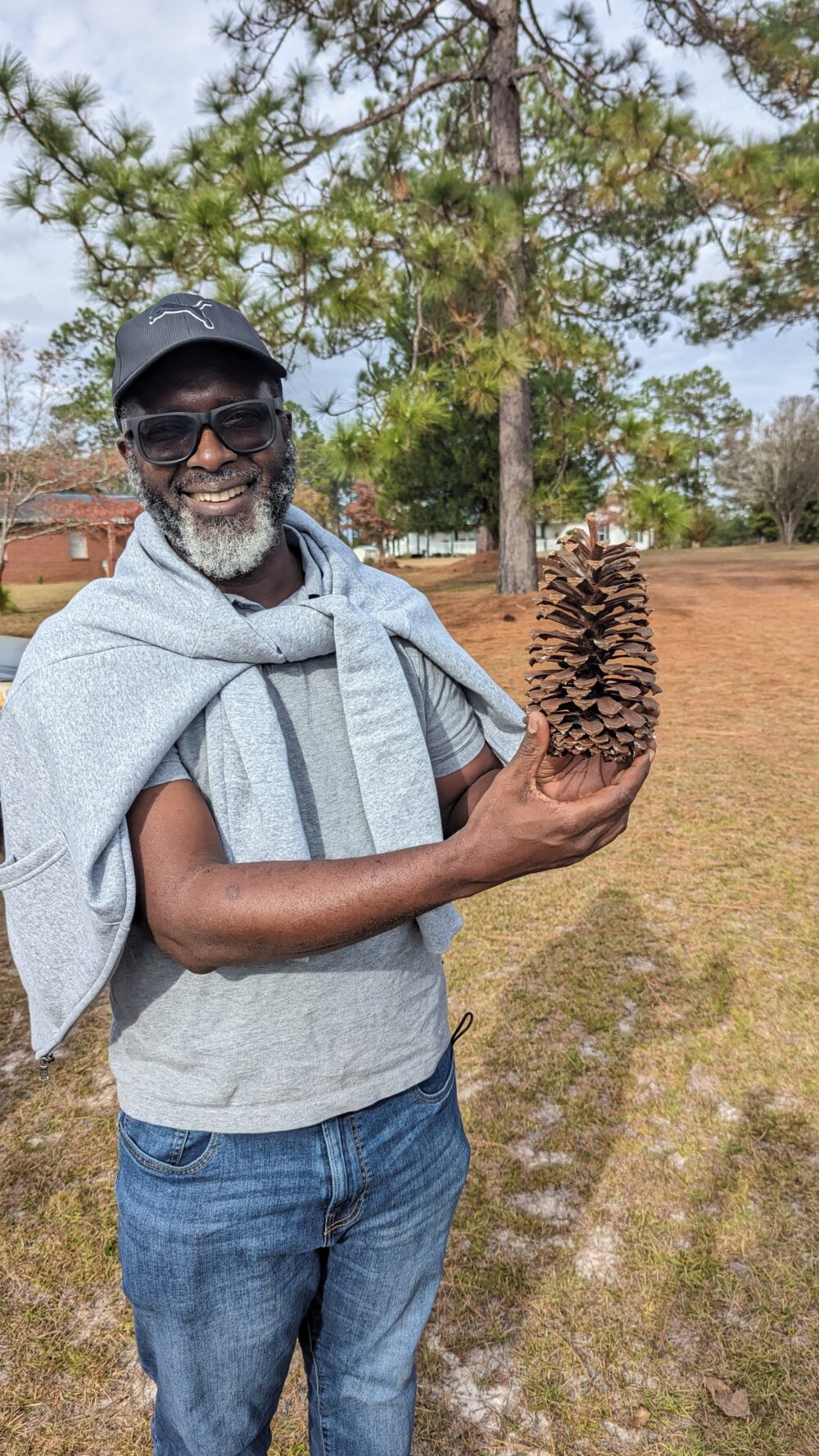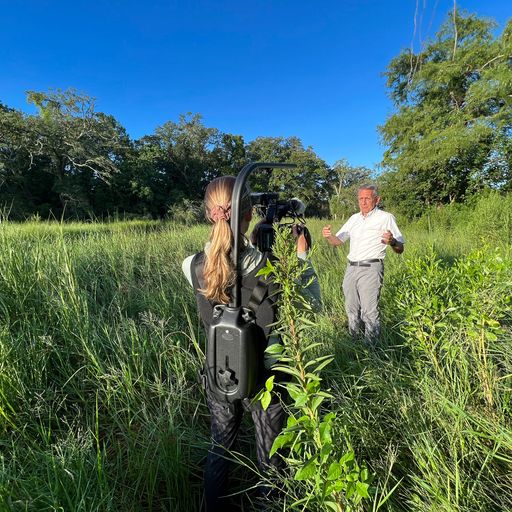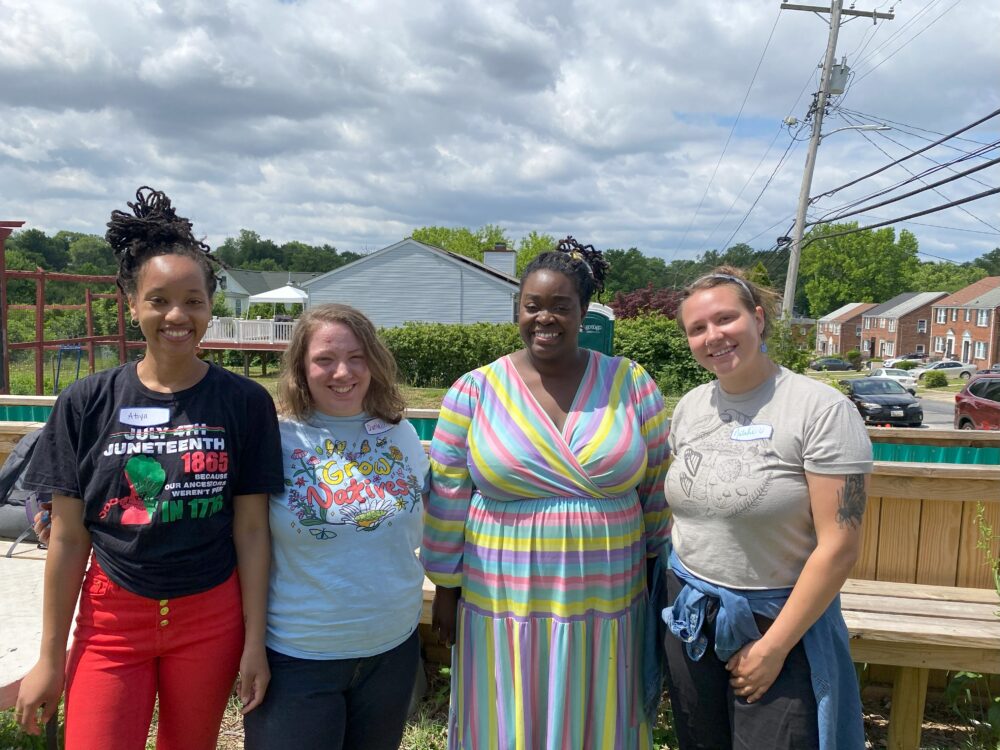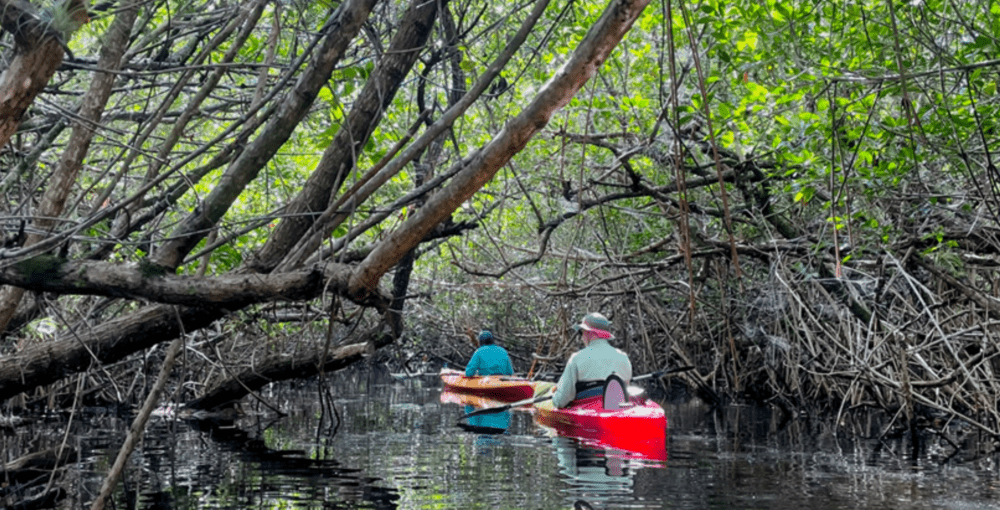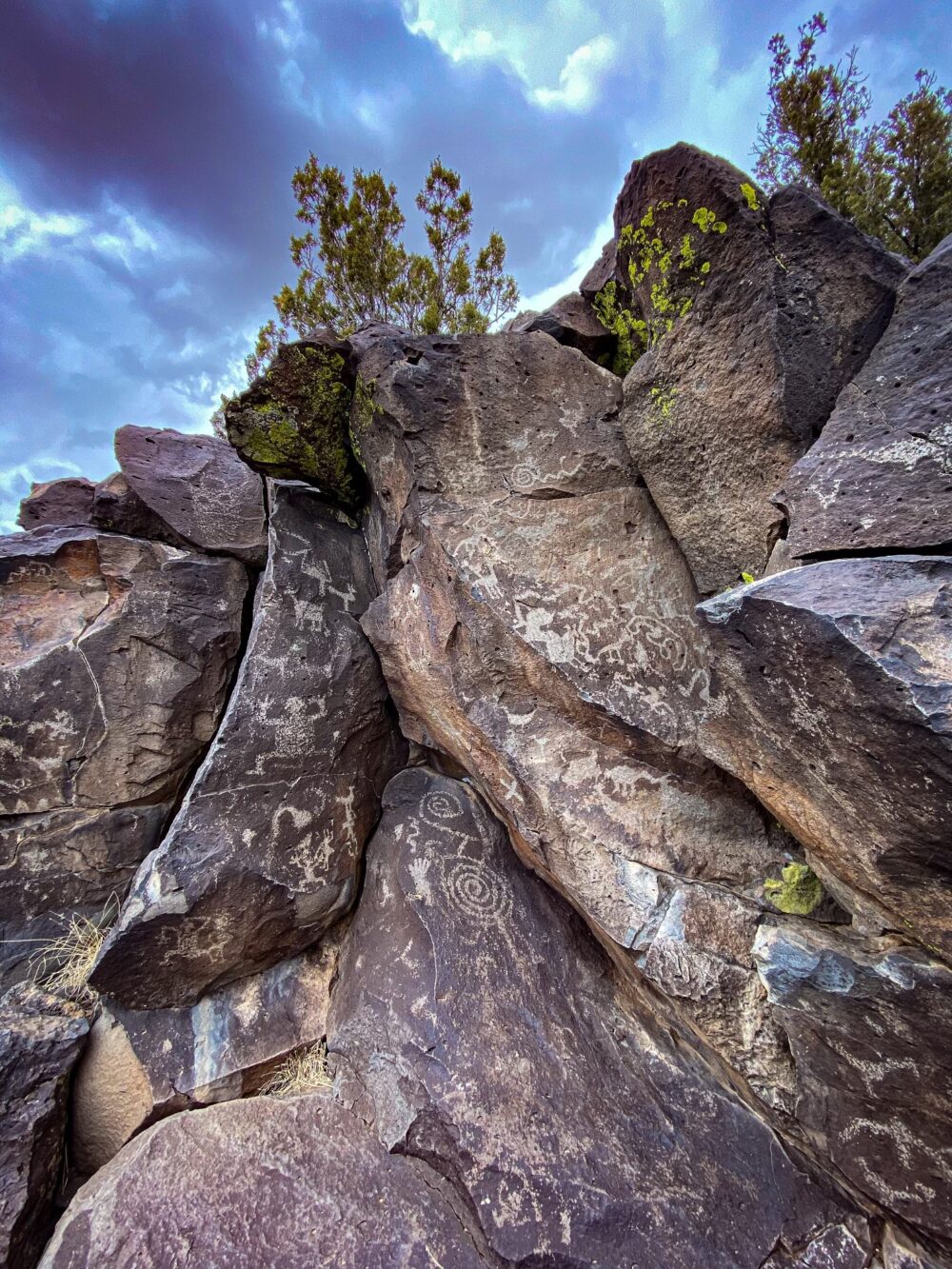We have much more to do and your continued support is needed now more than ever.
Earth Day Volunteer Opportunities Abound. And Where Did Earth Day Come from Anyway?
Wondering how to get involved for Earth Day and Earth Week? Or, wondering how Earth Day got its start?
After volunteering with Duwamish Alive! this weekend to eradicate blackberries and restore the Brandon Street Natural Area, I began to wonder, just how did Earth Day get started and what else can I do to help out?
Earth Day Origins
Turns out, Earth Day got its start from Gaylord Nelson, former U.S. Senator from Wisconsin. According to a short essay written by Senator Nelson, the idea evolved over a period of seven years, beginning in 1962 with a proposal to President Kennedy for a national conservation tour. While the conservation tour did not succeed in putting environmental issues in the limelight, it was the seed for what would eventually become Earth Day.

The idea for Earth Day itself came to Senator Nelson while on a conservation speaking tour in the western U.S. in the summer of 1969. At the time, anti-Vietnam demonstrations (teach-ins) had proliferated across the country. Senator Nelson had the idea:
Why not organize a huge grassroots protest over what was happening to our environment?…tap into the environmental concerns of the general public and infuse the student anti-war energy into the environmental cause, [and] generate a demonstration that would force this issue onto the political agenda.
On April 22, 1970, 20 million Americans participated in the first-ever Earth Day. The event was a huge success, galvanizing the collaboration of previously disparate groups fighting against oil spills, toxic dumps, pesticides, freeways, the loss of wilderness, and the extinction of wildlife.
In fact, Senator Nelson’s idea emerged during rapid gains in the credibility and popularity of environmental activism and awareness in general. The oft-cited publication of Rachel Carson’s Silent Spring in 1962 was followed by years of activism spurring the environmental movement.
In many ways, Earth Day 1970 capitalized on this emerging consciousness about environmental issues, creating a tipping point from which the establishment of the U.S. Environmental Protection Agency, Clean Air Act, Clean Water Act, and other major legislation followed. It also prompted political debate not unlike that occurring today (see this NBC newscast from April 22, 1970).
Since the inaugural day, Earth Day has expanded to include dozens of countries and hundreds of millions of people working together in grassroots efforts to sustain and preserve our natural environment. The success of Earth Day is, in short, remarkable. In the words of Senator Nelson:
Earth Day worked because of the spontaneous response at the grassroots level. We had neither the time nor resources to organize 20 million demonstrators and the thousands of schools and local communities that participated. That was the remarkable thing about Earth Day. It organized itself.
Earth Day Volunteer Opportunities Abound
Today, participating in Earth Day activities links you with over forty years of organized environmental action. Earth Day is indeed a remarkable living legacy we can all be a part of.
To search for opportunities nationally, try A Billion Acts of Green.
Or, take a look at Rebecca Cohen’s blog “5 Ways to Unplug and Reconnect with Your Family for Earth Day.”
Here in the Seattle area, a search of the Seattle Times events calendar found four great options:
- Celebrate Earth Week on the Burke Gilman Trail. Remove invasive plants from 9 AM to 1 PM, April 16-23, at NE 65th and the Burke Gilman Trail.

The Burket Gilman Trail in Seattle, WA. Photo: Flickr/Shelly Munkberg - Earth Day Work Party held by Cheasty Greenspace. Enjoy the work party from 10 AM to Noon on April 23 at 2809 S. Alaska Place.
- Skyway Earth Day Cleanup. Bring your garden tools for a day of clean-up and planting, starting at 8:30 AM on April 23 at the District #20 Fire Station.
- Lake Quinault Lodge Volunteer Vacation. Enjoy a discounted room rate April 22-24 in exchange for trail restoration in the Quinault Rainforest on April 23.
Finally, there are numerous ways to be involved throughout the year:
- Make a difference for wildlife and in combating global warming in your home, in your backyard, at school, and on campus.
- Implement personal solutions, work with our college Campus Ecology program, or collaborate on local school solutions in your community.
- Be connected to the outdoors.
- Check out policy solutions to global warming.
And feel free to tell us about it on Facebook! Leave a comment on our Pacific Regional Center Facebook page or “Like” our “B Kind 2 Earth Day” Facebook page, a joint page we’re running with TheMotherhood.com and Nickelodeon.












